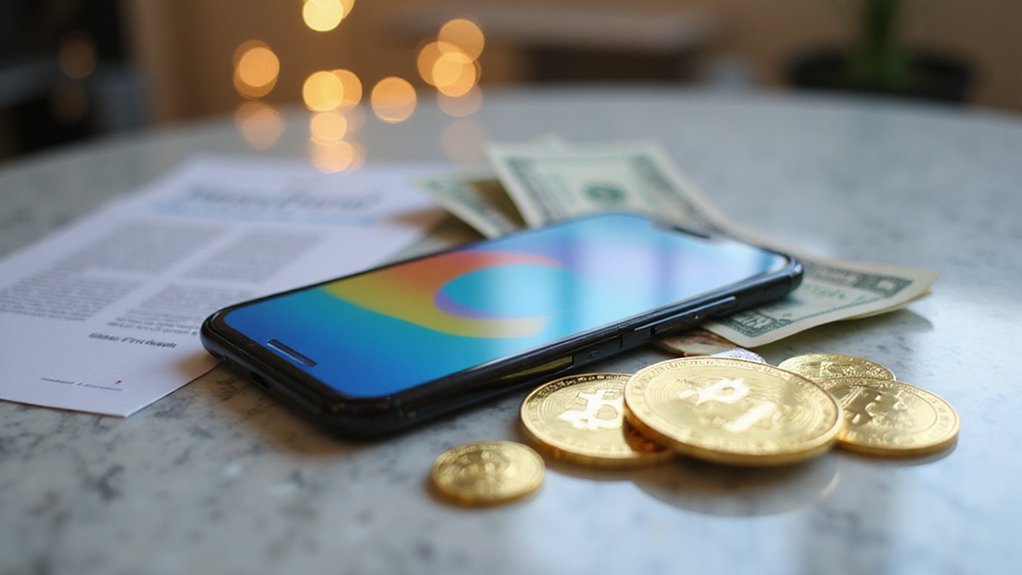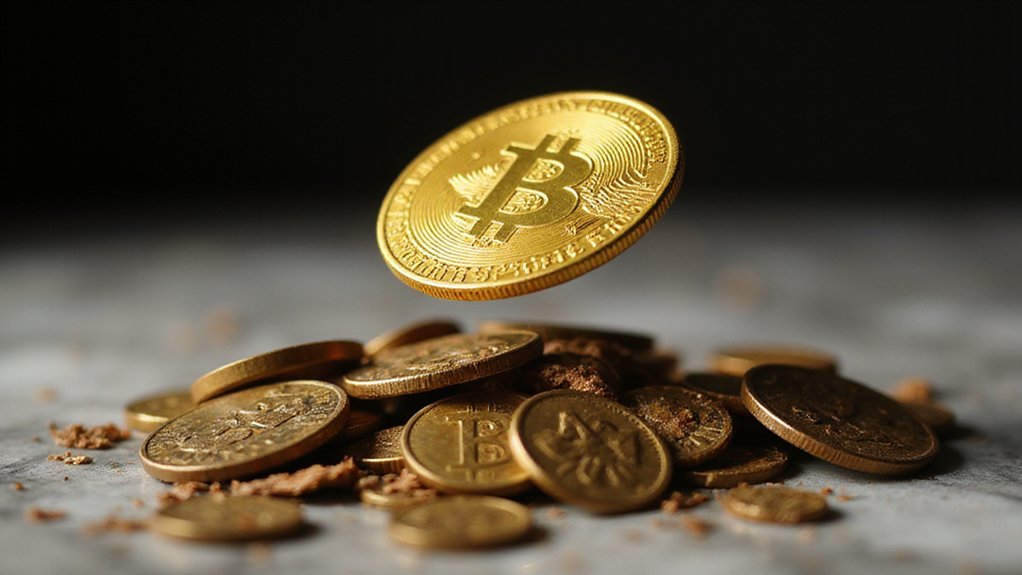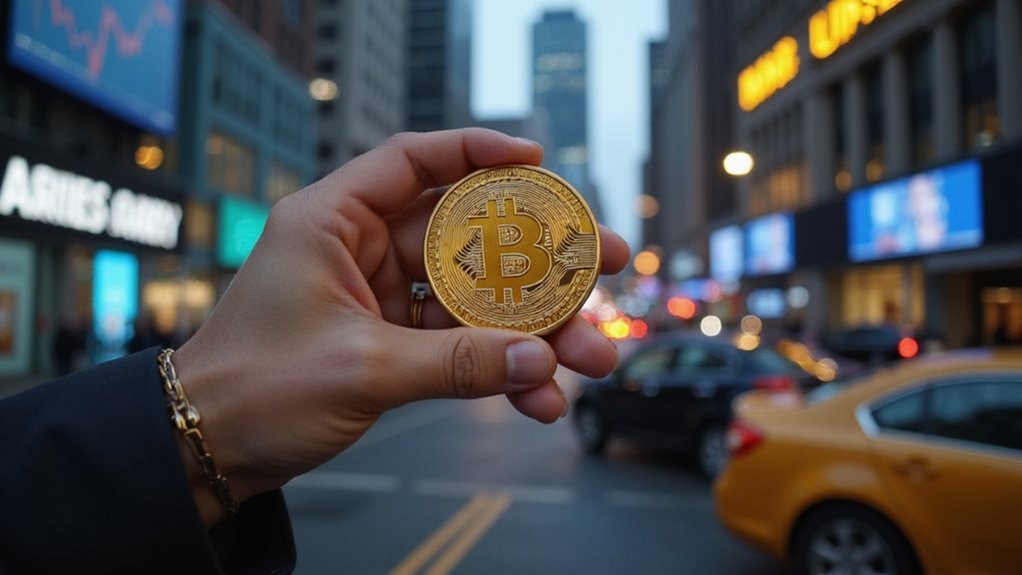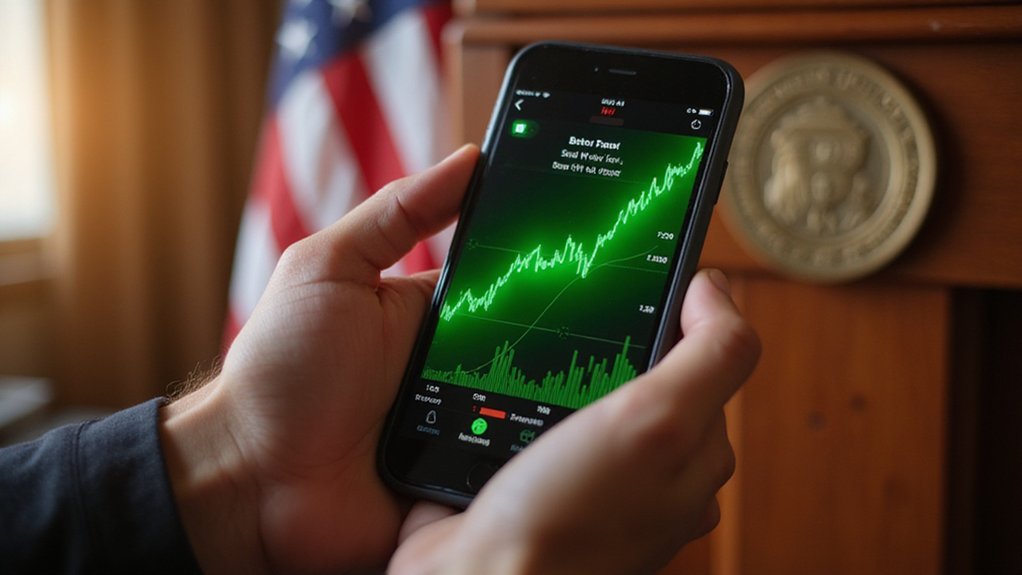Where does a $60 billion digital currency find itself when the very foundations of its existence—regulatory clarity, market confidence, and institutional trust—simultaneously offer unprecedented opportunity and existential uncertainty? For USDC, approaching 61 billion tokens in circulation, this paradox defines 2025’s landscape as Circle pursues the ambitious goal of establishing America’s First National Digital Currency Bank.
Circle’s application with the Office of the Comptroller of the Currency represents more than corporate expansion—it’s a calculated bet on regulatory legitimacy trumping decentralized ideals. The proposed national trust bank status would subject USDC’s operations to federal banking oversight, a move that could either cement its dominance over USDT in institutional markets or constrain the very flexibility that made stablecoins attractive.
Circle’s $60 billion gamble: trading crypto’s wild flexibility for banking’s golden handcuffs and institutional respectability.
Federal regulations bring credibility, but they also bring compliance costs and operational restrictions that crypto natives historically avoided. The timing proves particularly intriguing given 2025’s regulatory developments. The Stablecoin Act‘s introduction promises federal clarity for payment stablecoins, including provisions allowing interest payments—a previously restricted revenue stream.
Yet legislative promises and regulatory reality often diverge, leaving Circle’s $60 billion experiment suspended between traditional banking’s safety net and crypto’s innovative frontier. Market volatility has already tested investor confidence. February’s $100 million net redemption in USDC issuance, while modest relative to total supply, signals underlying nervousness.
More dramatically, competitor FDUSD’s catastrophic depeg to $0.76 demonstrated how quickly market confidence evaporates when reserve transparency becomes questionable—a stark reminder that USDC’s audited reserve reports aren’t merely compliance theater but existential necessities. Circle’s 1:1 reserve model and real-time smart contract functionality have distinguished USDC from less transparent alternatives, yet regulatory approval remains uncertain. USDC competes in a market where stablecoins are frequently utilized for facilitating trades among different cryptocurrencies, making regulatory clarity essential for institutional adoption.
The national bank charter could expand market access and competitive positioning, but it also subjects Circle to traditional banking’s bureaucratic machinery—hardly crypto’s natural habitat. The proposed trust bank would enable Circle to offer digital-asset custody services to institutional clients, positioning the company to compete directly with established financial institutions in this rapidly growing market segment. Circle secured partnership milestone on March 27, 2025, marking another institutional milestone in stablecoin integrations that could strengthen its banking application. Whether USDC’s future represents digital finance’s maturation or its domestication depends largely on regulatory decisions beyond Circle’s control.
For a stablecoin that bridges traditional finance and Web3 applications, the pursuit of banking legitimacy may prove either masterstroke or Faustian bargain, with $60 billion hanging in the balance.









